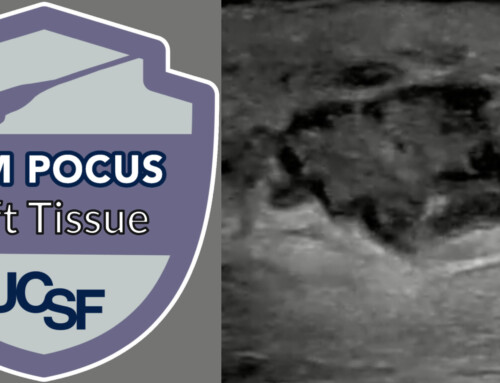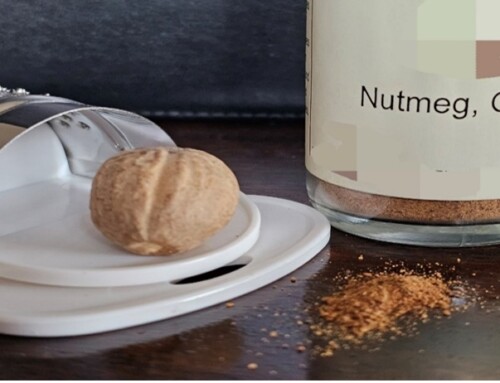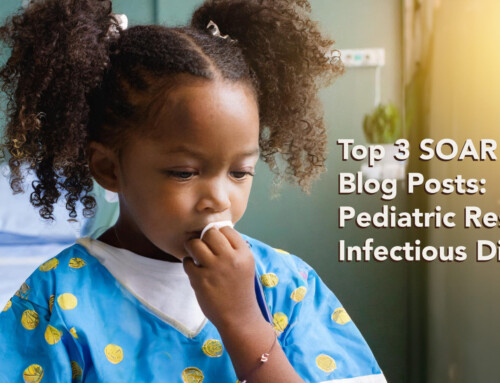
What agent would most likely be responsible for these ECG findings?
- Cyclobenzaprine
- Digoxin
- Flecainide
- Sotalol
References
- Kolecki PF, Curry SC. Poisoning by sodium channel blocking agents. Crit Care Clin. 1997 Oct;13(4):829-48. PMID: 9330843.
- Valentino MA, Panakos A, Ragupathi L, Williams J, Pavri BB. Flecainide Toxicity: A Case Report and Systematic Review of its Electrocardiographic Patterns and Management. Cardiovasc Toxicol. 2017 Jul;17(3):260-266. PMID: 27435408.
- Wilgenhof A, Michiels V, Cosyns B. An irregular, extremely broad QRS complex rhythm. Am J Emerg Med. 2019 Oct;37(10):1989.e1-1989.e3. doi: 10.1016/j.ajem.2019.158356. Epub 2019 Jul 21. PMID: 31362853.
- McCabe DJ, Walsh RD, Georgakakos PK, Radke JB, Wilson BZ. Flecainide poisoning and prolongation of elimination due to alkalinization. Am J Emerg Med. 2022 Jun;56:394.e1-394.e4. doi: 10.1016/j.ajem.2022.03.006. Epub 2022 Mar 9. PMID: 35287973.
- Devin R, Devin R, Garrett P, Anstey C. Managing cardiovascular collapse in severe flecainide overdose without recourse to extracorporeal therapy. Emerg Med Australas. 2007 Apr;19(2):155-9. doi: 10.1111/j.1742-6723.2006.00909.x. PMID: 17448102.
- Sivalingam SK, Gadiraju VT, Hariharan MV, Atreya AR, Flack JE, Aziz H. Flecainide toxicity–treatment with intravenous fat emulsion and extra corporeal life support. Acute Card Care. 2013 Dec;15(4):90-2. doi: 10.3109/17482941.2013.841949. Epub 2013 Nov 7. PMID: 24200150.
- Bruccoleri RE, Burns MM. A Literature Review of the Use of Sodium Bicarbonate for the Treatment of QRS Widening. J Med Toxicol. 2016 Mar;12(1):121-9. doi: 10.1007/s13181-015-0483-y. PMID: 26159649; PMCID: PMC4781799.
- Reynolds JC, Judge BS. Successful treatment of flecainide-induced cardiac arrest with extracorporeal membrane oxygenation in the ED. Am J Emerg Med. 2015 Oct;33(10):1542.e1-2. PMID: 26299692.








